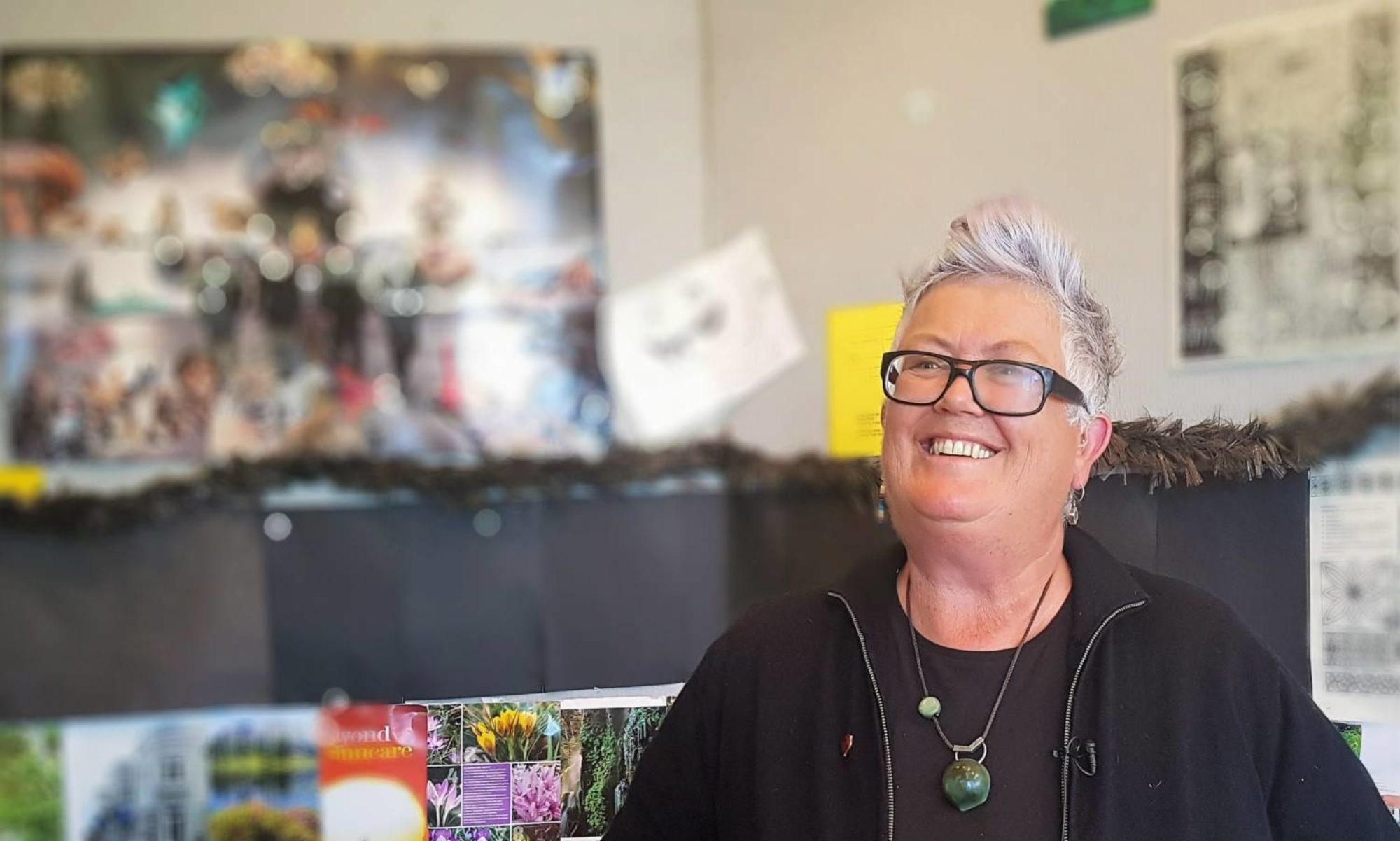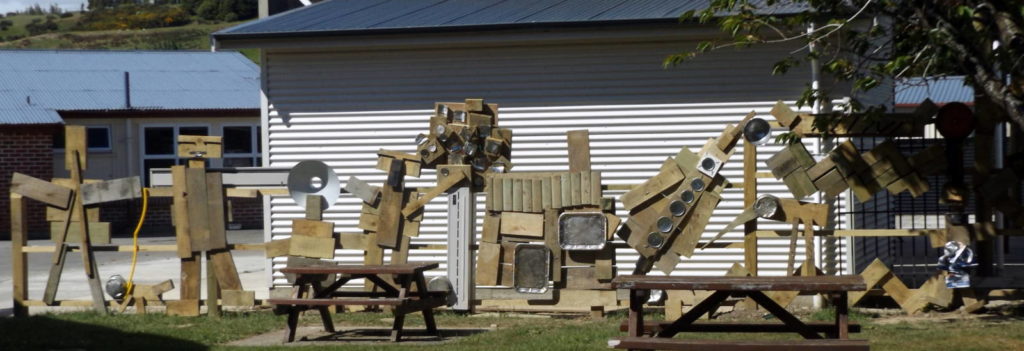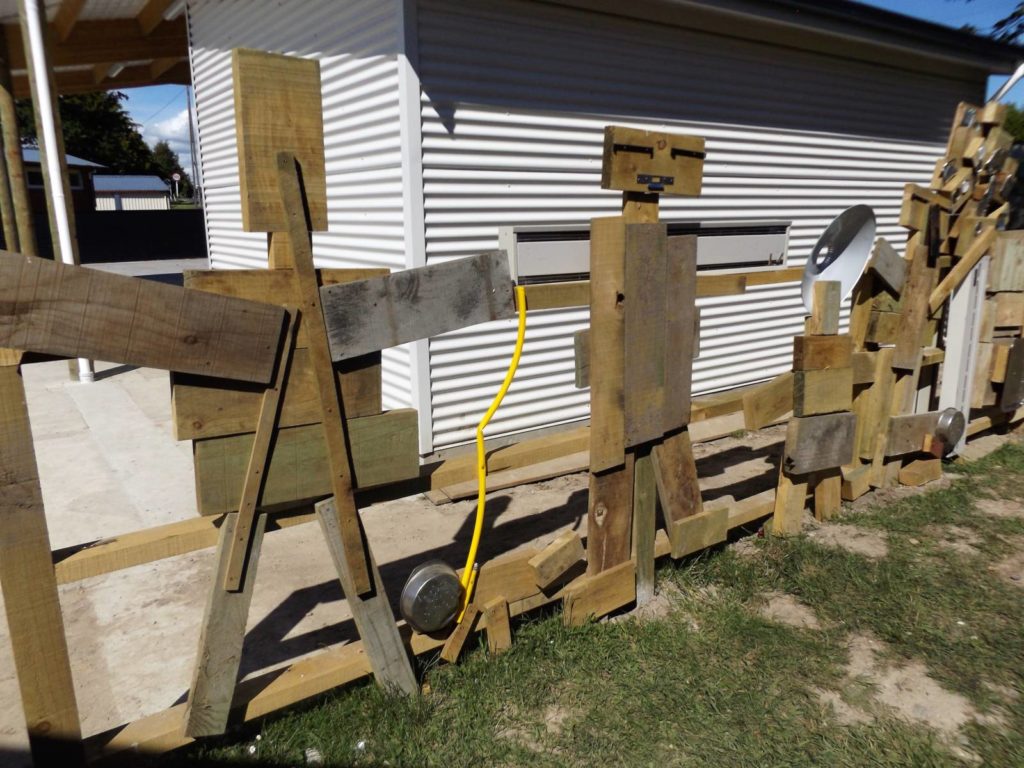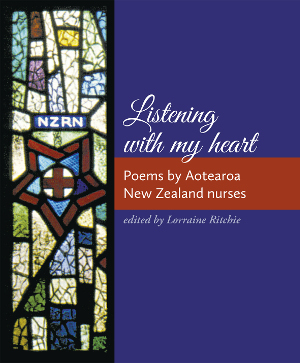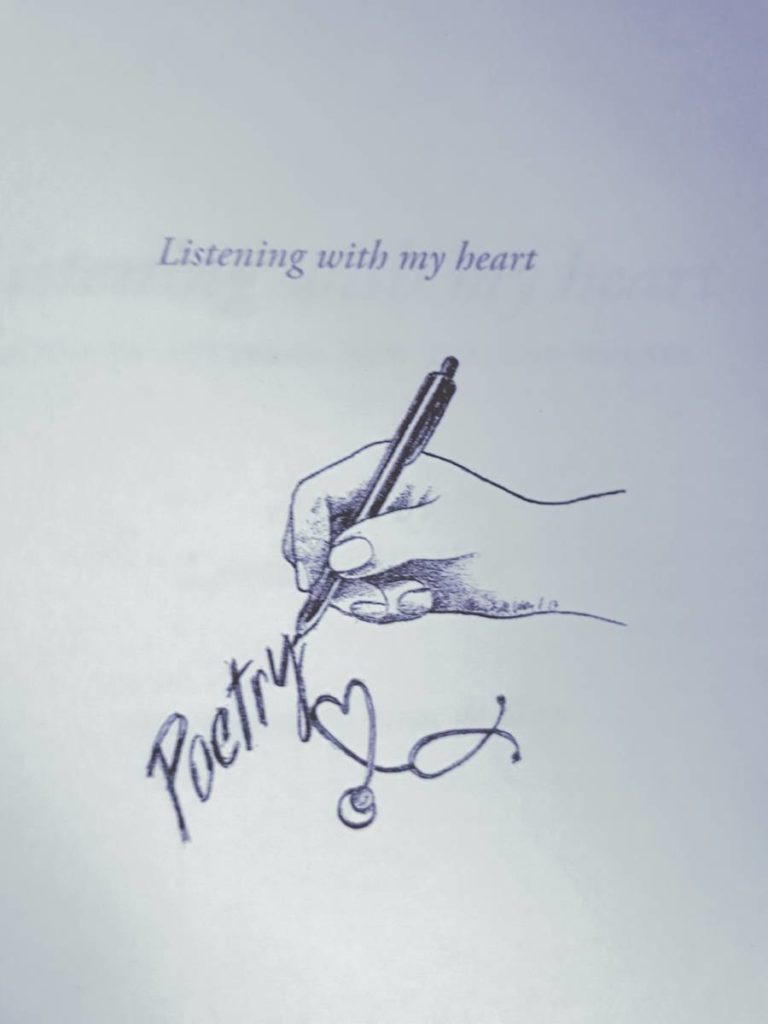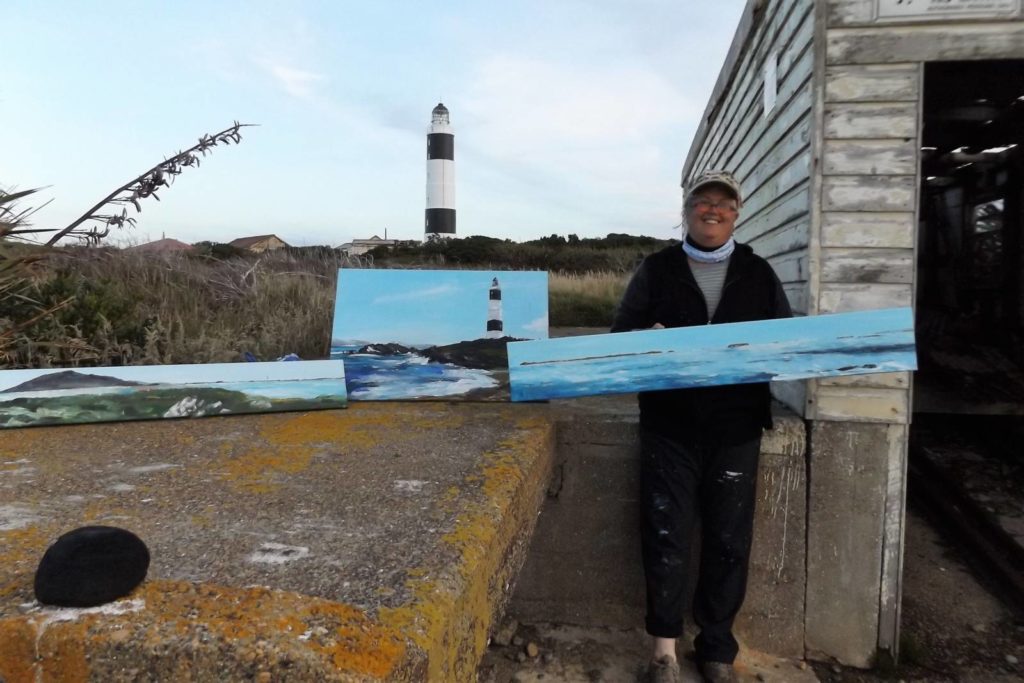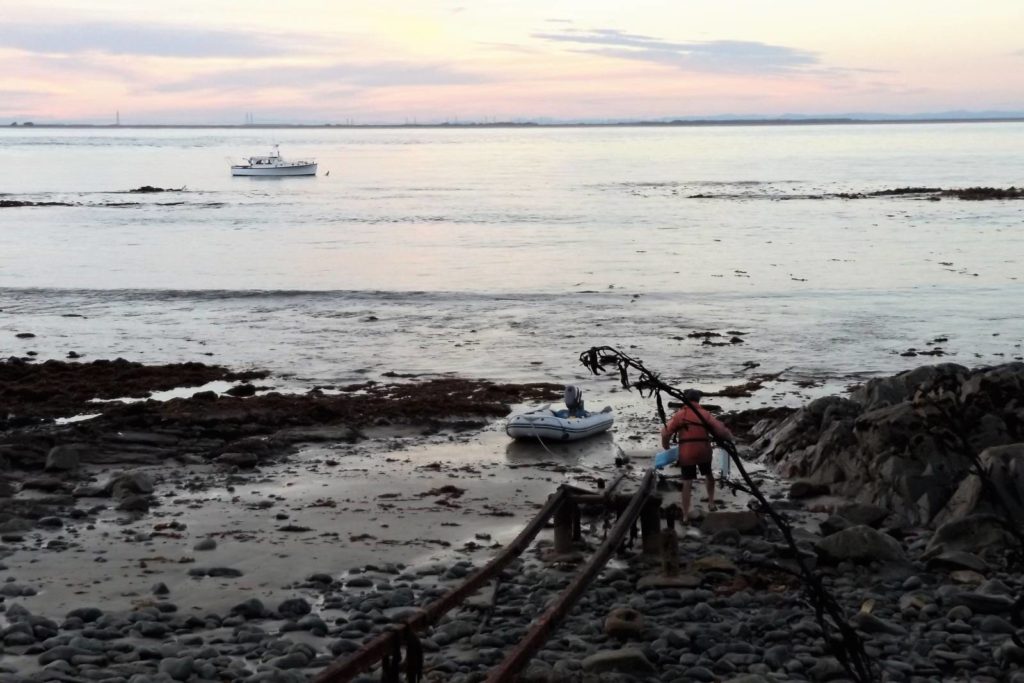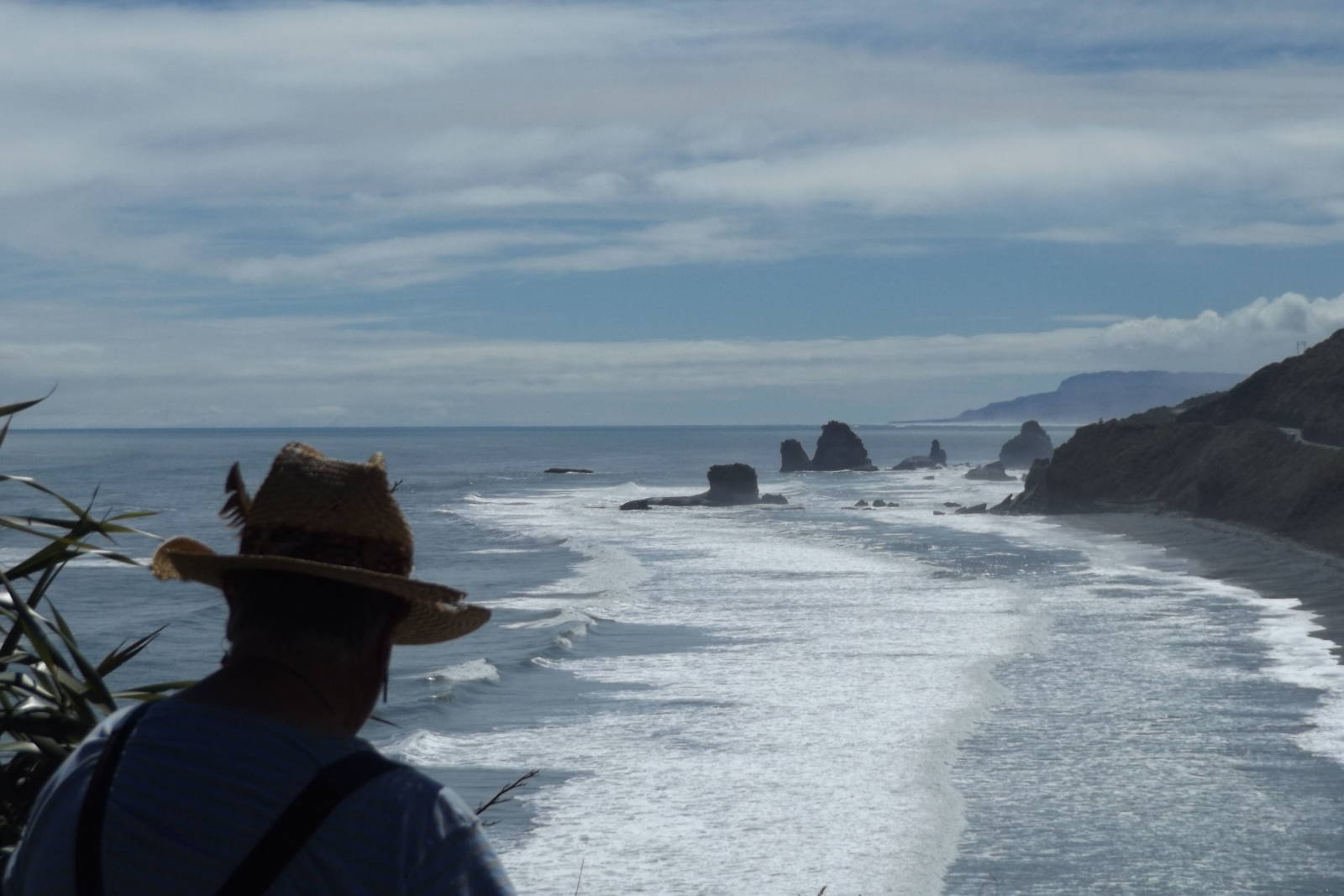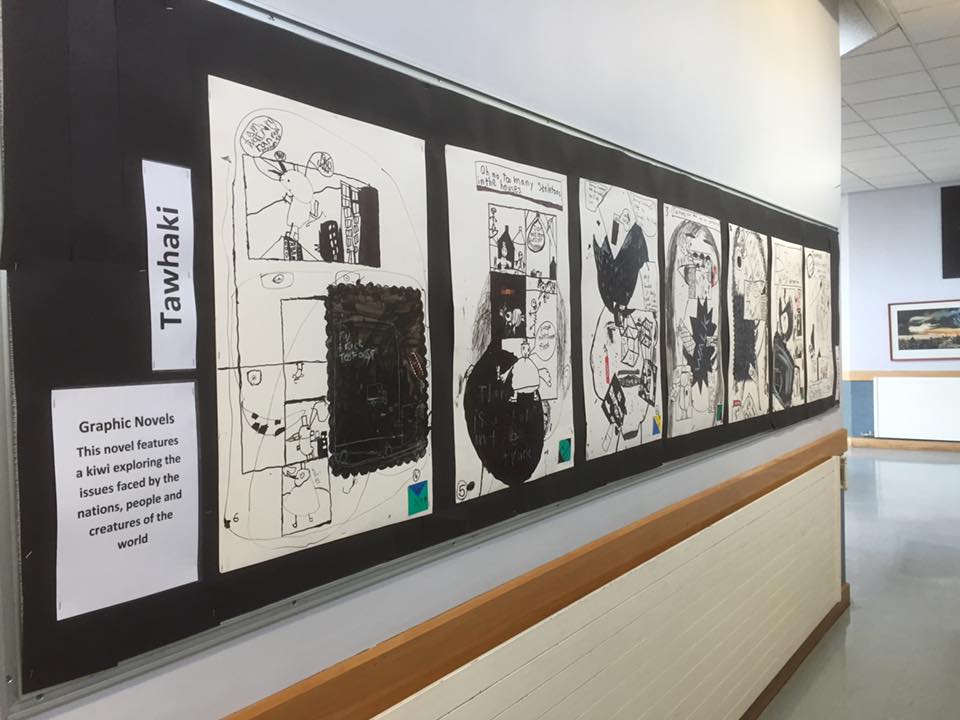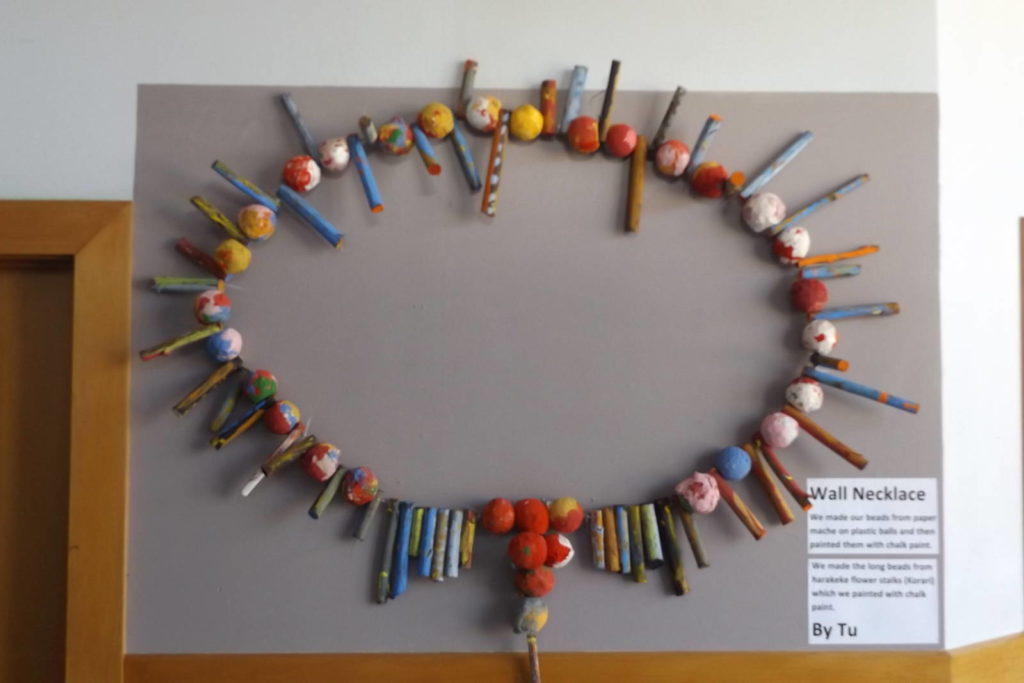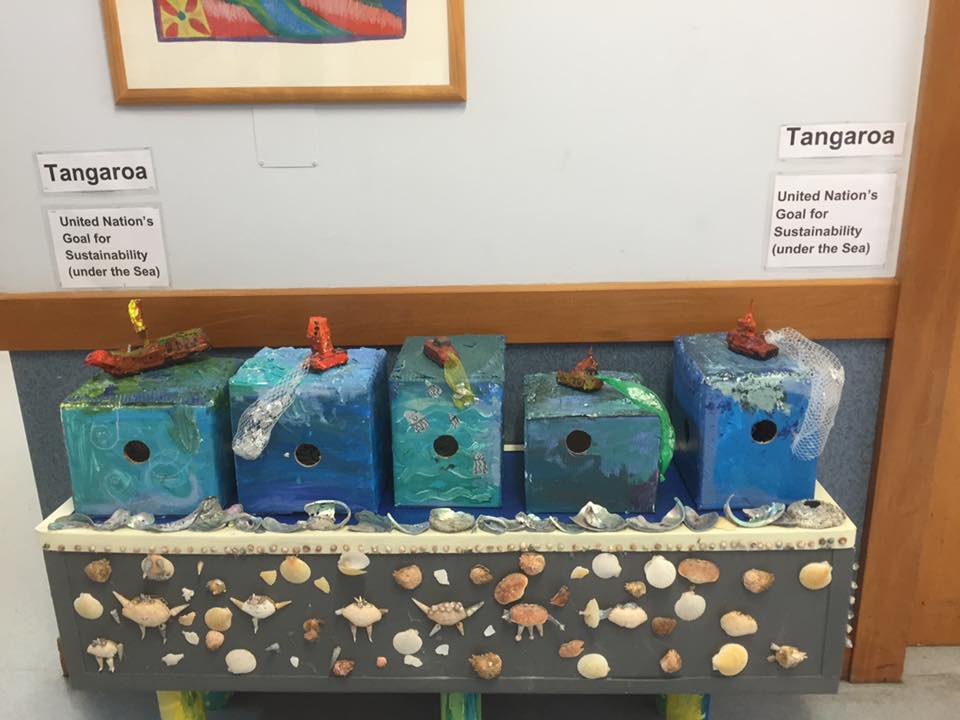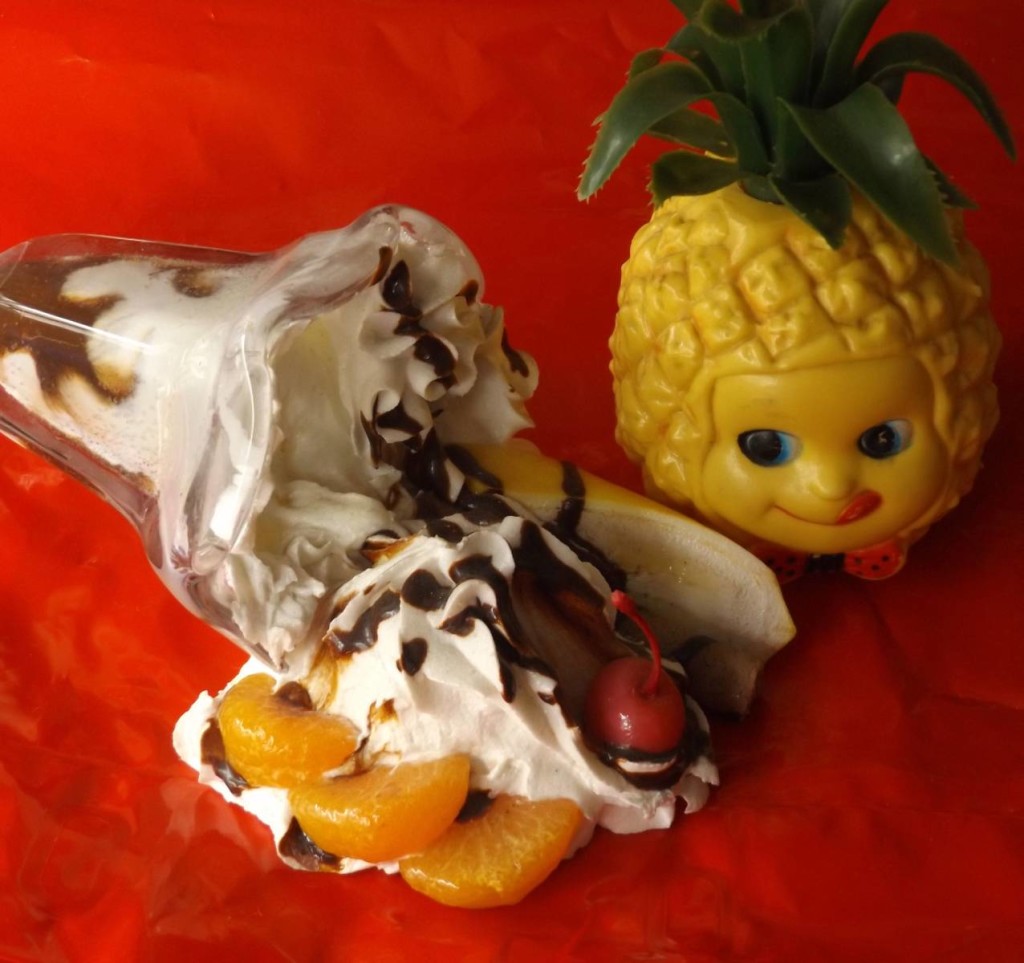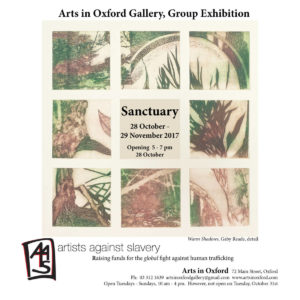 This is the second year I have exhibited with this group. It is interesting that a small gallery in a rural area in New Zealand with the help of a group of volunteers can put on an exhibition with an important message. In fact within the art establishment around the world discussions are taking place about the sources of funding and sponsorship for public art galleries. Do these sources have an interest in arms, money laundering, sex slavery and human trafficking. How independent should a public art gallery be and what is its social responsibility.
This is the second year I have exhibited with this group. It is interesting that a small gallery in a rural area in New Zealand with the help of a group of volunteers can put on an exhibition with an important message. In fact within the art establishment around the world discussions are taking place about the sources of funding and sponsorship for public art galleries. Do these sources have an interest in arms, money laundering, sex slavery and human trafficking. How independent should a public art gallery be and what is its social responsibility.
Wooden Fence at East Gore School
Never underestimate the generosity of a school community! This fence was made out of off cuts donated by that community, saving loads of money on this art project. My job as a community artist is to have an overview of both the finished design and the making but the students do the actual design and building. They designed different objects based on the shapes of the timber off cuts and then built them using screws and nails and off cuts that were actually bigger than them! This was a whole school project and they persevered through wind, rain and heat and created this fence to protect the new garden and orchard.
Listening With My Heart – Poems by Aotearoa New Zealand Nurses
When I left school I trained as a Graphic Designer and it is a skill that has served me well. It has been a pleasure to be involved in this wonderful poetry book edited by Lorraine Ritchie and featuring poems by New Zealand nurses. Copies are available from the New Zealand Nurses Organisation.
Te Motu Piu / Dog Island
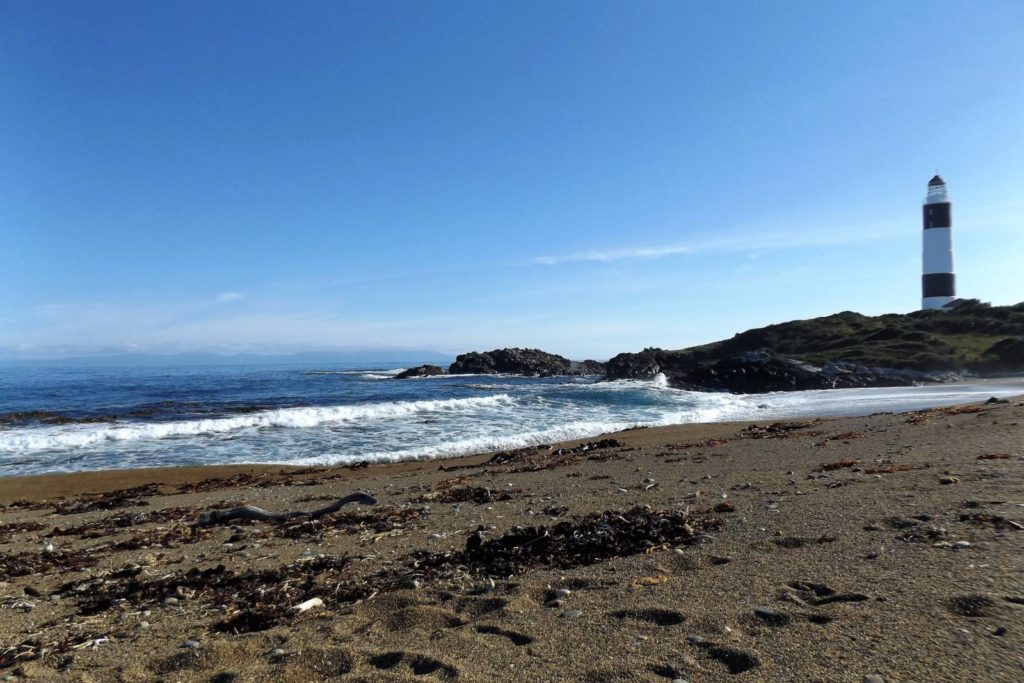 I have always been fascinated with NZ lighthouses (in fact I have done a series of works on plates of lighthouses which included the unique light flickering sequence and number of each one).
I have always been fascinated with NZ lighthouses (in fact I have done a series of works on plates of lighthouses which included the unique light flickering sequence and number of each one).
My favourite light house has always been Te Motu Piu / Dog Island which is also the tallest one in NZ. It was originally made from rock quarried on the island (which is quite small) but as it developed a lean over the years it was concreted over. I was fortunate to be offered a trip to Te Motu Piu on a cool 1959 motor launch, vintage is always a passion, and had a marvellous day painting!
I was remindeed of the difficulties of getting wet canvases on and off boats. Thanks Rawiri!
RAW – Exhibition at Gallery De Novo 22 April – 2 May 2017
When I paint in the open environment in New Zealand I experience a very intense raw relationship with the land and feel the power of the forces of nature in shaping the land. Painting on Dunedin’s John Wilson’s Ocean Drive I experience the rawness of the changing weather – the wind, the rain and the sun. Painting at Te Waewae Bay in Southland brings other challenges – as well as the colder weather I have to contend with hordes of hungry sandflies! The West Coast Port Elizabeth painting graphically shows these powerful forces at work on the land.
Equally the forces of human struggle and habitation leave indelible marks on the land both physically and spiritually and these stories people the landscape. For example I was very privileged to be support crew on Te Heke, a journey retracing the footsteps of Te Maiharoa and his people who were evicted from their land in Omarama in 1879. A pacifist, Te Maiharoa walked to set up a new village at the mouth of the Waitaki River. The feelings and the history were raw in their intensity, the weather was scorching hot and the land was dry,stony and limestone, interrupted with the intense blue of the lakes.
NZ Principals’ Federation Office in Wellington
The principal of Bathgate Park school, Whetu Cormick, is for this year and next the President of the New Zealand Principals’ Federation whose offices are in Wellington. For the first time 3 dimensional works celebrating the creativity of Bathgate Park children are on display in these offices. The children were just stoked to think their work was on display in a Wellington highrise!
The West Coast in March
A request for paintings led to a week spent driving up and down the South Island’s West Coast looking for good places to paint and absorbing the working people’s histories so vividly etched in the landscape and the towns. No wonder you can’t take the coast out of a coaster! This view is from the Strongman Mine Memorial, a commemoration of the 19 men who lost their lives in a mine explosion in 1967. It is also a very popular spot for the large number of tourists to stop as well.
Artist in Residence Bathgate Park School
Craigs Aspiring Art Prize
Pioneering Plastic
The house is full with half opened boxes, cataloguing criteria, label writing, obsessing about Boosted – an arts crowdfunding site and then repacking plastic to take on its journey to the Otago Pioneer Women’s Memorial Hall! The exhibition opens at 6pm on 19 October and will run through Labour weekend and every weekend after.
I was interviewed by RNZ ‘Standing Room only about my plastic collection.
